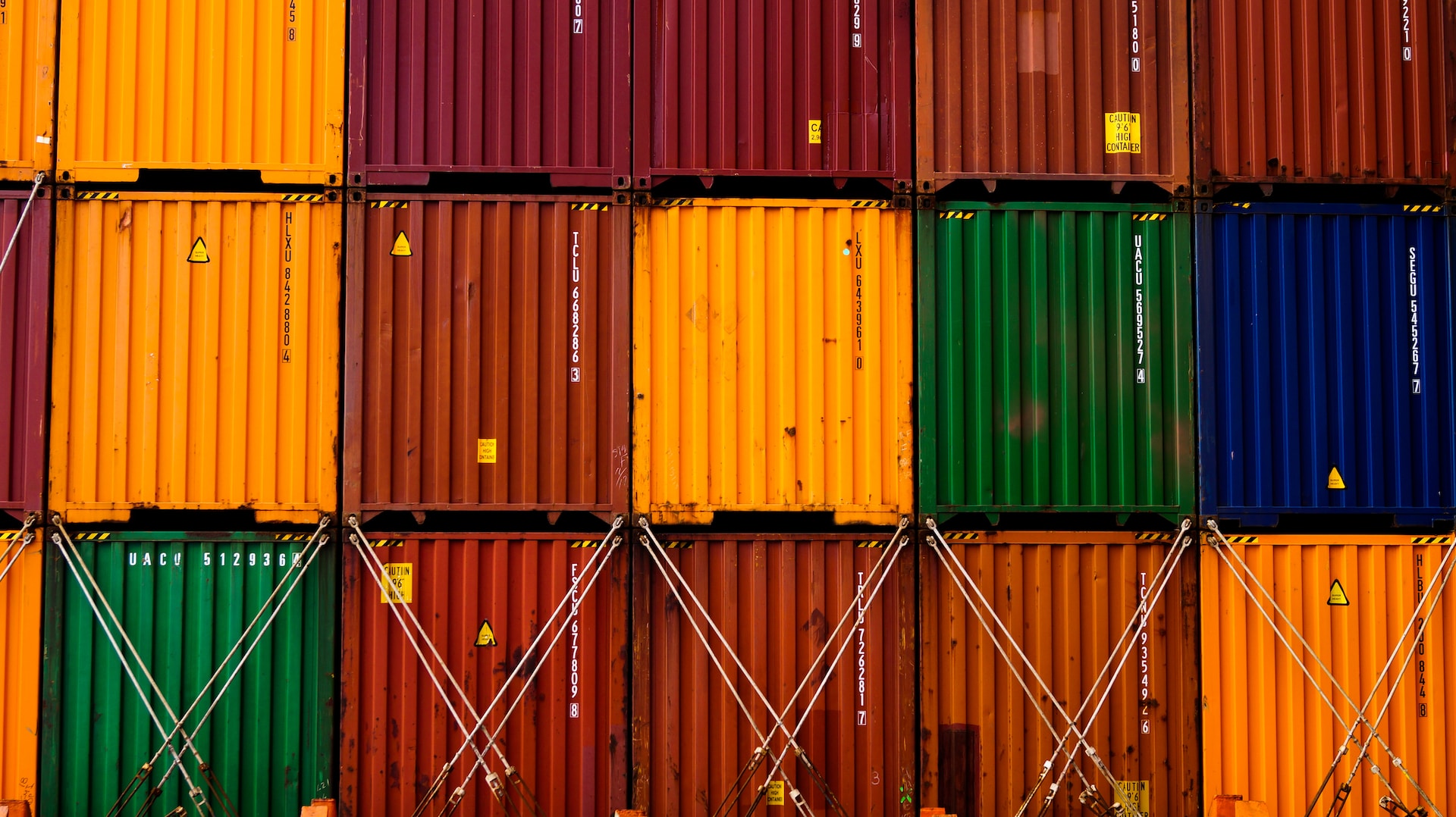Ships are seemingly indestructible, with their massive sizes, powerful machinery, and utmost importance in keeping the world's trade alive and well.
But the truth is, even the most upgraded, sleekest ships need tender loving care in a process called dry docking.
What is dry docking?
Every machine needs regular maintenance, repairs, and upkeep to operate efficiently. The procedure used for routinely maintaining and repairing ships, boats, and other watercraft is called dry docking.
Ship repairs using dry docking have been done for many years.
It is a process for building, maintaining, and repairing ships in an area called the "lock."
On land, we come to auto repair centers for the maintenance and servicing of our vehicles. The same goes for ships, but at sea.
A lock can be compared to a ship maintenance "garage." The lock typically aligns the shore, so it is easier to maneuver and drain seawater from the vessel.
The primary function of a dry dock is to perform efficient maintenance and repairs on parts that are constantly in contact with marine water but are hidden from view unless the water is flushed out.
This is frequently true if the ship has experienced a collision, has previously been grounded or has been subjected to subpar maintenance procedures.
Inspection is also done during dry docking if the ship is to be sold.
The different dry docking techniques
There are five distinct types of dry docking techniques. The most popular are the Floating and Graving Dock.
1. Excavated or graving dock
Concrete is used to construct walls, blocks, and gates as part of the graving or dug dock built on the ground close to the sea. Originally, stones and wood were used to construct the graving dry docks.
A steel and concrete structure is now employed to construct the enclosure, and a massive steel gate is used to shut the dock to prevent water from entering the port after the ship is standing on the blocks.
The gates can be two separate pieces that are hydraulically operated and hinged to the sides, or they can be one solid steel structure supported by rollers over tracks that can retract into the dry dock walls when the gate is opened.
This is the simplest type of docking approach; the ship is maneuvered into the dock and rested on the blocks, after which the gates are closed, and water is released from the boat.
2. Floating dock
What happens if a ship capsizes? If there was an accident at sea? Won't it be too dangerous (sometimes nearly impossible) for the boat to travel to the closest dry dock?
It is, and that is why floating docks are made.
A floating dock is a "U"-shaped structure mainly used in salvage to transport ships that have been in an accident and are too badly damaged to continue sailing to a coastal pier.
However, many small and medium-sized ships used for regular cruising are also dry docking in floating docks. In addition, many floating docks in the "U" shape can be connected to transport a large vessel.
The ship is positioned close to the canal where the floating dry dock will partially submerge, and then it is lowered into the dock.
The floating dock is then de-ballasted once the ship has been placed to drain the water from its hollow floors and walls and support the vessel on the blocks placed on the floating dock's floor.
A valve may be opened to let water into the chambers and submerge the dock so the ship can sail away.
The chamber's water is pumped out, allowing the dry dock to rise and expose the ship's underwater section for maintenance or carrying out ship repairs.
Due to the lack of wave or tidal activity, floating dry docks are frequently used in protected harbors.
3. Syncrolift
On ships weighing between 800 and 25000 tons, a syncrolift or shiplift docking mechanism is used.
A floating dock makes use of the buoyant force of the pontoon. Still, the Syncrolift transfers the ship onto a platform that is put on the bottom of the graving, and both the vessel and platform are raised onto the ground by winches mounted on either side of the platform.
4. Slipway
In the slipway, designed specifically for smaller boats, the hull is mounted on trolleys and brought ashore on the incline using winches.
Another form of slipway docking method is called a "marine railway," in which a boat is dragged onto a cradle that stretches from the coast to the water on an inclined plane.
This method is typically employed when larger ships with a ship weight of roughly 3000 tons need to be repaired.
5. Marine mobile lifts
A versatile, safe, and dependable marine mobile lift (mobile boat hoist crane) is used in shipyards to dry dock or launch new and refurbished ships.
This equipment is appropriate for a yacht club, water park, water training facility, etc., because it offers a range of steering modes and power.
Why do ships have to do dry docking?
Now that we've covered what dry docking is and the different techniques used, the next question is, do shipowners have to do it?
The short and sweet answer is yes. Why? Here are some good reasons:
1. It is mandated
According to SOLAS regulations, all merchant ships must undergo an intermediate survey within 36 months and a comprehensive study of the hull in a dry dock twice within five years.
Maintenance of the ship's hull, propeller, rudder, and other submerged components, often unavailable to crew members at sea, is included.
An annual inspection of the ship's bottom is required for passenger ships. The maximum intervals between these inspections should be three years, and two must be conducted in dry dock for five years.
Failure to do dry docking may result in unfortunate consequences, such as a non-issuance of a safety construction certificate.
2. It improves a vessel's efficiency and performance
For improved outcomes and efficient operation, dry docking is required to identify and address mechanical flaws in the vessel's original, dry condition.
Proper dry-docking not only preserves the boat hull and drives but also considerably improves access to the watercraft for boarding, fueling, and maintenance.
Additionally, a dry-docked vessel saves itself from cuts and bruises from bouncing around in a tied-off wet slip mooring.
3. It is for the crew's safety
As a seafarer, your life at sea will be much safer if the vessels you board are regularly maintained.
It takes skilled seafarers to operate a vessel smoothly and safely. But a responsible ship owner who sees to it that their fleet is buffed and upgraded accordingly immensely helps the entire crew.
To summarize
One process that enables the ship's crew to learn about those regions of the boat that cannot be explored while the vessel is at sea is dry docking.
As regulated by the SOLAS convention, the process aims to ensure ships are in tip-top condition so that the whole crew (and its passengers, if any) remain safe on their voyage.
Speaking of a voyage, are you looking for your next opportunity? We got you. Martide is a world-class maritime jobs portal so why not browse our job vacancies, download our app from the Apple App Store or from Google Play or build a resume to kickstart your career today?


is the only site for maritime jobs




